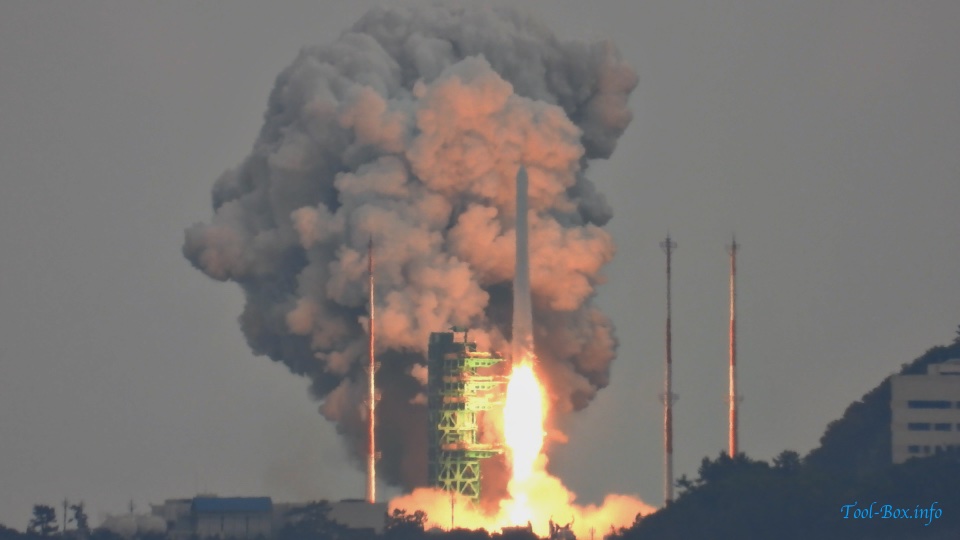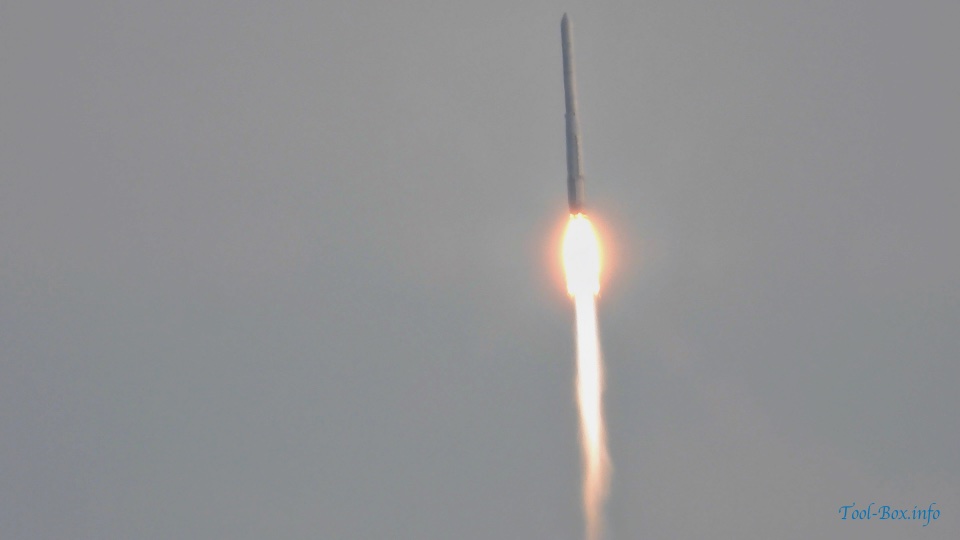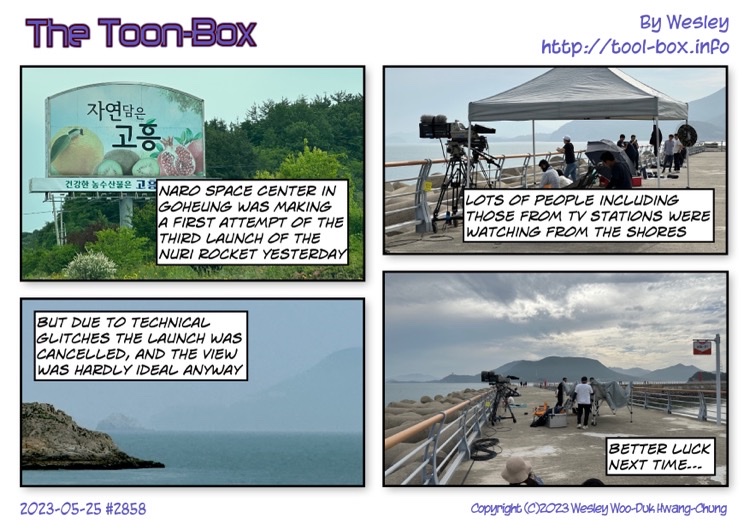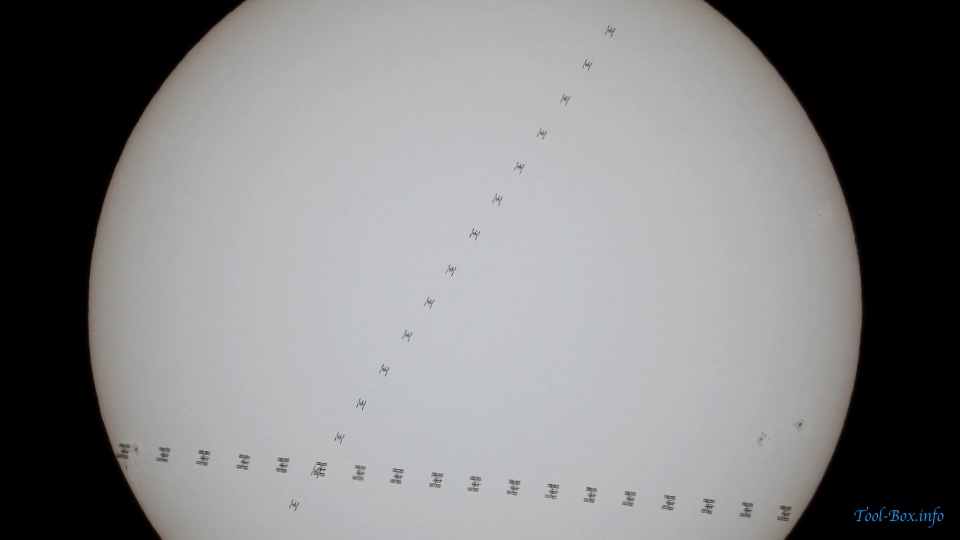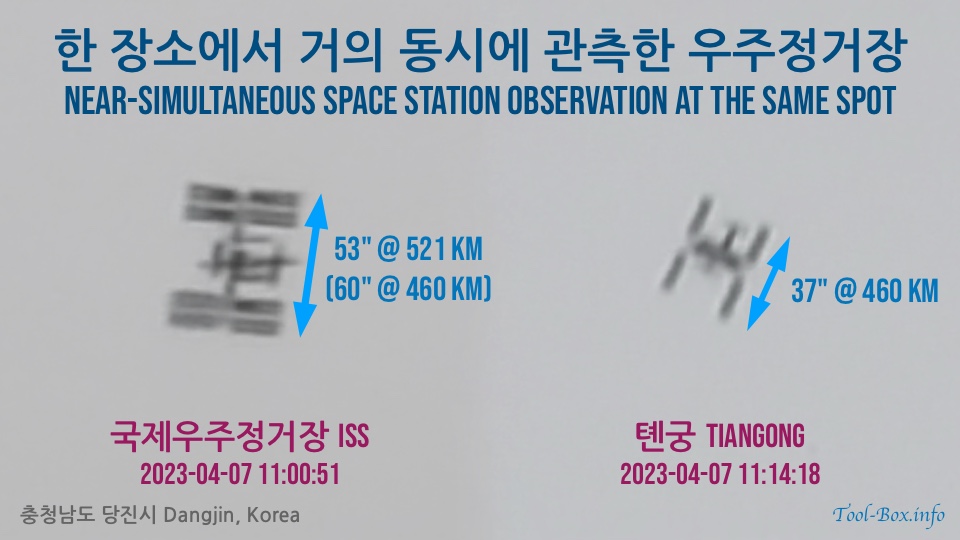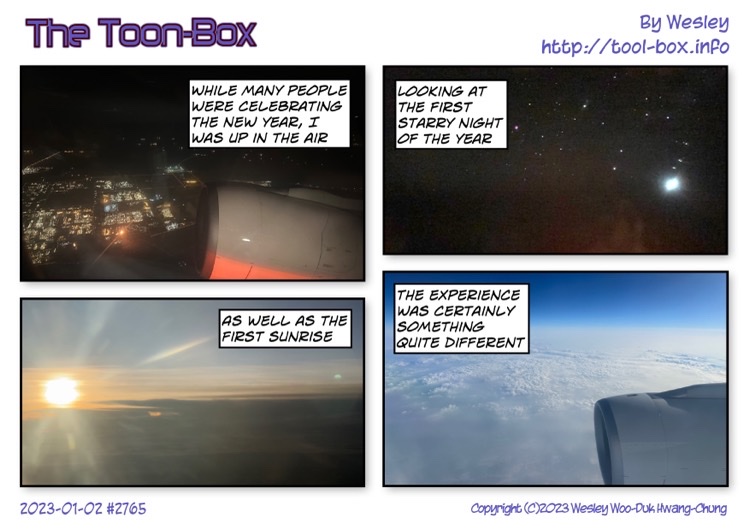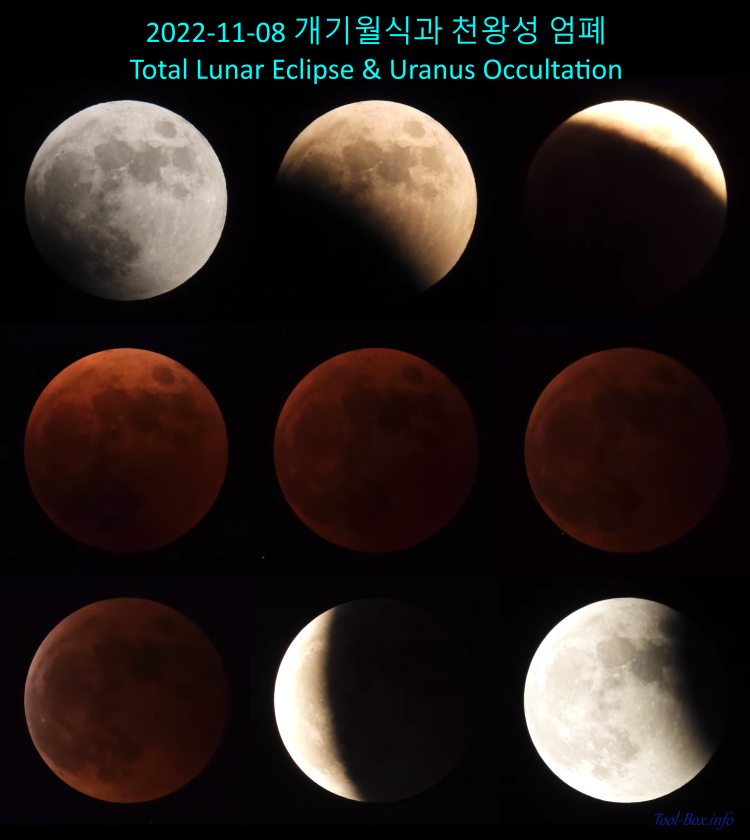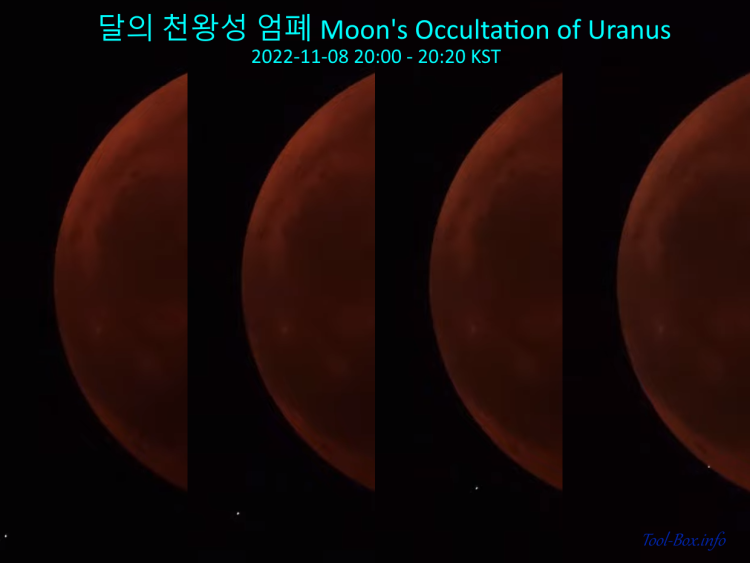Witnessing Nuri (KSLV-II) rocket's successful 3rd launch
Posted by Wesley onDevice: Nikon P1000
Settings: 3000mm - ISO 200 - 1/40s - f/8
Filters: Hoya Fusion Antistatic CIR-PL
Time: 2023-05-25 18:24 KST
Location: Yeosu, Korea
Photos processed with Pixelmator 3.3.3
